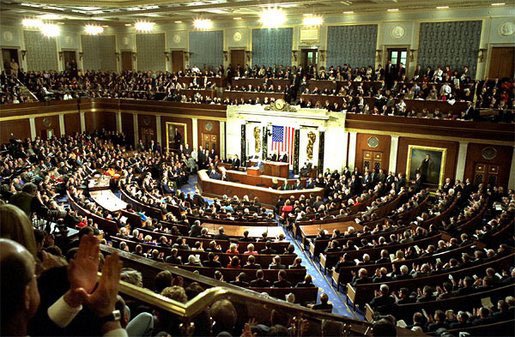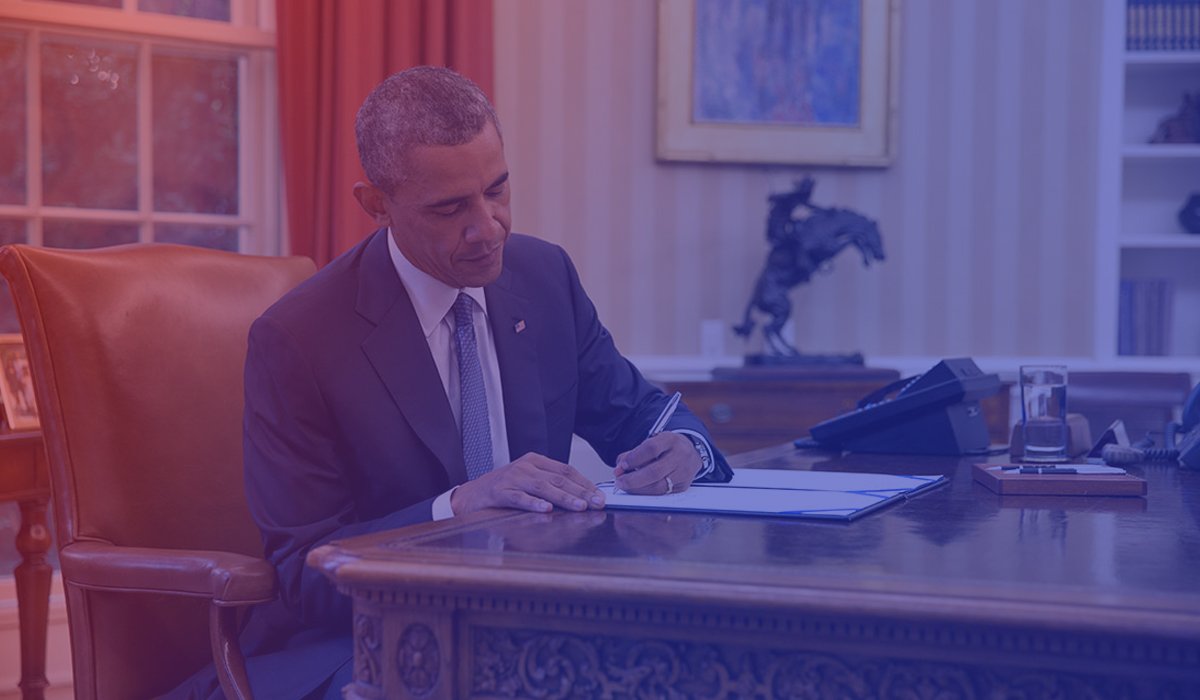It’s impossible to guess with any quantifiable certainty as to how much the next president can accomplish — and, if the polls are any real indicator like the wizards at FiveThirtyEight suggest, that person will almost certainly be President Hillary Clinton.
Yet even if manic Donald Trump supporters lead the charge on Election Day that give him an upset victory, he’ll have an obligation to deliver upon landmark promises such as a “big, beautiful” wall all across the southern border.
For indicators on promises what kinds of promises (and how many of them) are to be kept, we can no further than what President Barack Obama has accomplished.
Limits of the presidency
Obama has been able to deliver on just shy of half his promises to American voters as a campaigner (45 percent), according to PolitiFact, the Pulitzer Prize-winning tracking firm that gave the 44th president an Obameter to gauge his work on behalf of the American people.
According to their findings, another 25 percent of his promises were compromised on and nearly a quarter more of them had to be broken — perhaps none greater than that of Obamacare. This is largely due to a gridlocked Congress who has largely refused to work with the president.
Power of the purse
The GOP-led Congress had their own campaign promises to keep, and to date has delivered on fully keeping (or compromising) on nearly 70 percent of them. We can compare the rhetoric — “if you like your health care plan, you can keep it” — with what actually materializes, and the president’s task of keeping his promises can often appear to be a tall order.

Wikimedia Commons
Even when a proposal becomes law, the unintended consequences can overshadow the accomplishment. Programs become too costly, or serve to divide the two major parties, leading congressional committee leaders to create compromises that dilute legislation into a muddled mix of earmarks and undesirables.
That can lead to a promise appearing to be broken even when it’s being delivered upon — which is often the perception. In fact, a survey two years ago found that just 4 percent of American voters believed “most politicians” deliver action on their rhetoric.
How many promises are actually kept?
According to FiveThirtyEight, most scholarly studies on the subject suggest presidents will make a “good faith” effort to keep an average of about two-thirds of their campaign promises. They point out, however, the number differs based upon each study and its methodology.
But what most can agree upon is that once in office, U.S. politicians do their duty to try and carry out on a majority of items that helped get them elected in the first place. Which can be surprising when we consider just one thing: Three in ten Americans think that we’re headed down the right track.
For her part, Clinton has made such lofty promises as debt-free college, lower taxes for the middle-class, a $15 an hour federal minimum wage and stringent opposition to the Trans-Pacific Partnership.
Only time will tell if she’ll have the opportunity to deliver.
